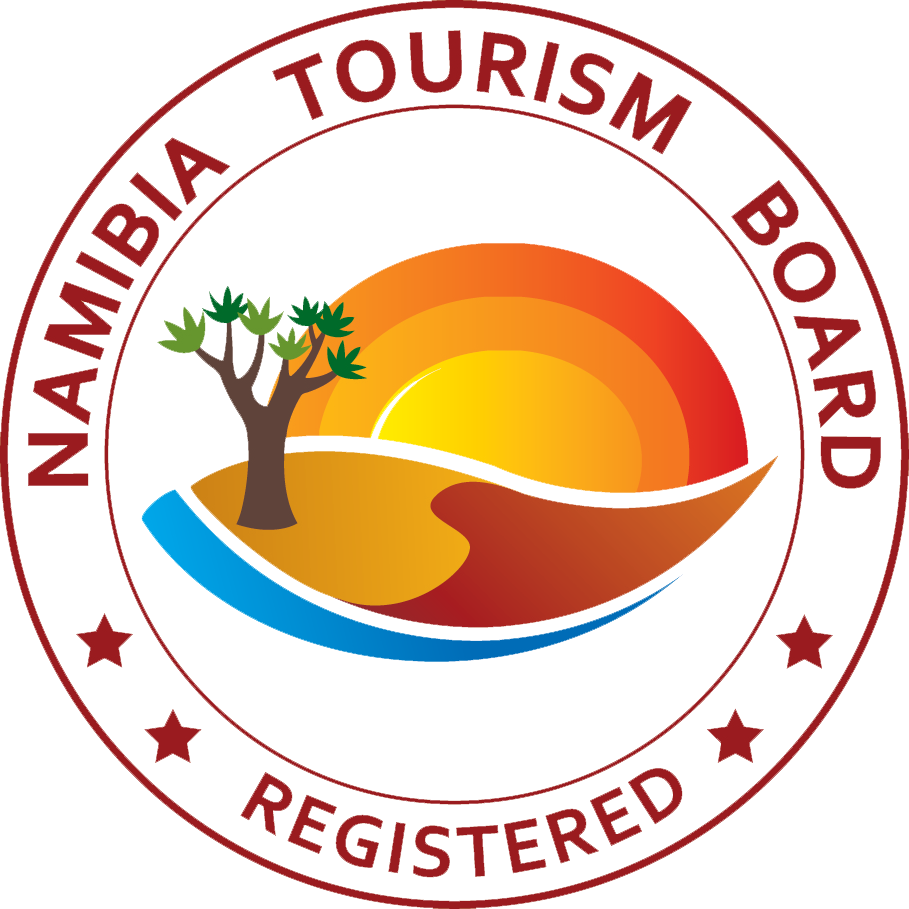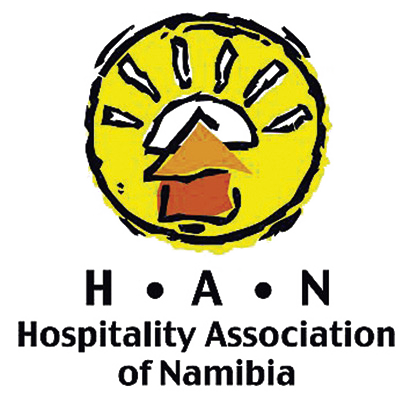
The Ondili Group attaches the highest importance to promoting nature conservation through its lodges. This self-imposed commitment is the foundation that drives the Ondili Group.
Ondili maintains and develops nature reserves in various parts of Namibia.
The denotation and definition of “nature reserve” in Namibia is to be regulated by law in the near future. The relevant law is currently being finalised. In order to gain nature reserve status, the designated area is to be registered with the Ministry of Environment and Tourism as soon as the law comes into force. Such area will be subject to an official inspection to verify compliance with all the required criteria and standards. According to these standards, which were made public some time ago, Ondili has restructured its areas over the years and therefore already refers to them as nature reserves.
The Namib Tsaris Nature Reserve currently covers 140,000 ha. It is situated in the Greater Sossusvlei-Namib Landscape, which is particularly worthy of protection.
“Namib-Naukluft National Park”, with the massive coastal dune belt known as the “Namib Sand Sea” UNESCO World Heritage Site, forms a large part of this landscape initiative. The private “NamibRand Nature Reserve” borders on the national park, and the Namib Tsaris Nature Reserve also connects to these conservation areas. It adds its own special features – like the Tsaris Mountains, characterised by plateaus, as well as gorges and wide open plains. The vast protected area from the Skeleton Coast to the Sossusvlei dunes, NamibRand and the Nubib Mountains now also extends east to the 2,000 m high Tsaris plateau mountains and towards the Maltahöhe plateau.
A good 10 years ago, Ondili started buying farms that were adjacent to the two lodges Desert Homestead and Namib Outpost, or were in the vicinity. Over the years, the area that has become the Namib Tsaris Nature Reserve has come together. Like missing pieces of a jigsaw puzzle, the areas formerly used as sheep farms were joined into one large area, and at the same time corridors could be formed to the already existing protected areas. Wildlife can thus migrate through much larger areas than was possible in the last 100 years. The east-west corridors in particular are valuable because of the better rainfall in the mountainous Tsaris regions. Running commercial sheep farms on the edge of the desert is no longer attractive for many of the younger generation, as it involves many hardships and also economic risks. The establishment and subsequent operation of a nature reserve offers far more jobs than the farms did. Ondili makes this development, which is so important for the local population, possible by giving all the profits from the tourism of its lodges.
In the following, essential measures are presented that have to be implemented for the conversion of farmland into a nature reserve:
Dismantling fences
Farms are usually divided into at least 14 grazing camps. They are used in a rotational system to graze sheep for about one month before moving them to the next camp. Some camps are kept as reserve grazing in case the next rainy season is late. The camps are secured with fences which are 1.00 m to 1.20 m high, which is sufficient for keeping sheep. But wild animals are not easily stopped by such a fence, and attempting to cross it causes many fatalities. They may injure themselves, for example, by just running into the fence. Or they try to slip through between the wires, get entangled and die. Or they get stuck when jumping over the fence, which also results in death. Boundary fences are usually higher and sturdier and block the natural migration of wild animals. Dismantling fences is therefore a vital step in the creation of a nature reserve. Vast unfenced areas are the aim.
Fences adding up to thousands of kilometres had to be dismantled in the Namib Tsaris Nature Reserve. A job that kept several teams busy for years. Fences even run through gorges which are difficult to access, sometimes up to 10 km away from the nearest farm road. The dismantled material – iron posts and wire – has to be carried to the nearest road. Iron is heavy. A worker can carry a maximum of five fence posts to the next road, where all the dismantled material is picked up by a Unimog and brought to a depot, to be stored until further use.
Material from dismantled fences is used in the reserve for the following purposes:
Other measures
Water supply is a vital issue in this semi-arid region. Most sheep farms ran their pumps permanently. Water was pumped out of the ground, whether or not it was needed immediately, and thereby a good deal was wasted. Windmills pumped whenever there was wind, diesel pumps as long as there was fuel, and the more recent solar pumps as long as the sun was shining – which is virtually every day. Pipes leaked, the dams, i.e. the above-mentioned large reservoirs built of stone, always leaked. Drinking points were constantly overflowing. And that happened at every drinking point, usually shared by four camps.
A nature reserve is managed very differently.
Wild animals cover longer distances to water points than domestic animals. Thus the number of drinking points in a reserve can be reduced to every 7-10 km, depending on the topography and the presence of boreholes. Drinking points are not troughs, but shallow depressions in the ground that are gently sloped and lined with stones to prevent slipping. This way, also small animals can access the water, and the drinking point can be used to wallow. Where possible, natural springs are integrated into the water supply concept.
To pre-empt the answer to the possibly arising question about the compatibility of artificial water points with the nature reserve concept:
Our nature reserves are already very large in terms of area. But if there were to be no artificial water points at all, the reserves would still have to be a lot larger to allow for the natural migration of game animals following the rainfall. Even the largest national parks cannot do without artificial water points. The necessary agricultural use of land sets limits to the size of nature reserves. When discussing the issue of artificial water points in nature reserves one quickly arrives at the ethical questions. Farming and livestock breeding in order to produce food is contrary to nature. We believe that with our concept we have found a good compromise.
Roadways in a conservation area have other objectives than those on farmland. Farm roads are mostly control roads along inner camp fences to the kraals and watering points for the livestock. In addition, farm roads are not intended as links to neighbouring farms, but to serve only the specific farm in question. These roads often run through the farm in a dead straight line.
In a nature reserve, planning the routing for developing the entire area comes first. If possible, existing roads are used to create a feasible connection to a main route running through the reserve. Roads are primarily laid out to help the rangers with their monitoring tasks. Access to areas of scenic interest is another aim. A border control road, as far as topographically possible, is a necessity.
Existing roads which are no longer needed have to be rehabilitated. Apart from scarring the landscape they are prone to erosion and would wash out deeper and deeper over the years.
In terms of cost, road construction is the biggest investment in the reserve. Proper development is indispensable for many reasons. Thus, the issue of road construction is very important.
The need to monitor a nature reserve at all times is self-evident. Many tasks are never-ending and repetitive. Checking the boundary fences and the water points are typical examples. A permanent presence is also important to prevent poaching.
One of the existing farmhouses has been picked out to serve as a ranger station. Internet and telephone, an office and staff accommodation are needed, as well as a small petrol station with a workshop and storage space.
Former farmland does not automatically regain its natural state. Farming the land for a century has left its mark on flora and fauna.
Flora
Overgrazing leads to scrub encroachment. Grass is displaced by bush. At the same time, lack of grass cover causes susceptibility to soil erosion.
De-bushing takes place in areas with a conspicuous imbalance in favour of bush. Grass needs to take over in some parts of the reserve again.
Fauna
Wildlife was hunted. Predators because they killed sheep, ungulates because they were useful as a source of meat and because they competed for grazing with the farm animals. In a nature reserve, a balanced variety of species is the aim. Animals are actively reintroduced, some species have returned on their own.
Aridity, extended periods of drought, overgrazing and tracks laid unwisely are the root cause of soil erosion when it rains. On parched soil without swards, rainwater immediately runs off in small rivulets. They wash away the ground and combine to form ever-larger channels. As the soil is eroded, the typical deltas develop.
Protective measures:
Since these measures have to be carried out in vast areas, they are costly and a lengthy process. Erosion control is an ongoing issue and will keep us busy on the reserve for years.
Ondili has been involved with the Namib Tsaris Nature Reserve for years and many of the measures described above have been implemented. Some are still ongoing. Between 20 and 100 people have been working on the rehabilitation of the land since the reserve was established. Once it is fully rehabilitated, Ondili will provide about 30 permanent conservation jobs in this reserve alone.
The annual profits of the two lodges in the Namib Tsaris Nature Reserve, Desert Homestead Lodge and Namib Outpost, are fully set aside for the conservation of this area – thus each and every one of our guests contributes to it.



© All rights reserved
Design by TRANSMEDIAL